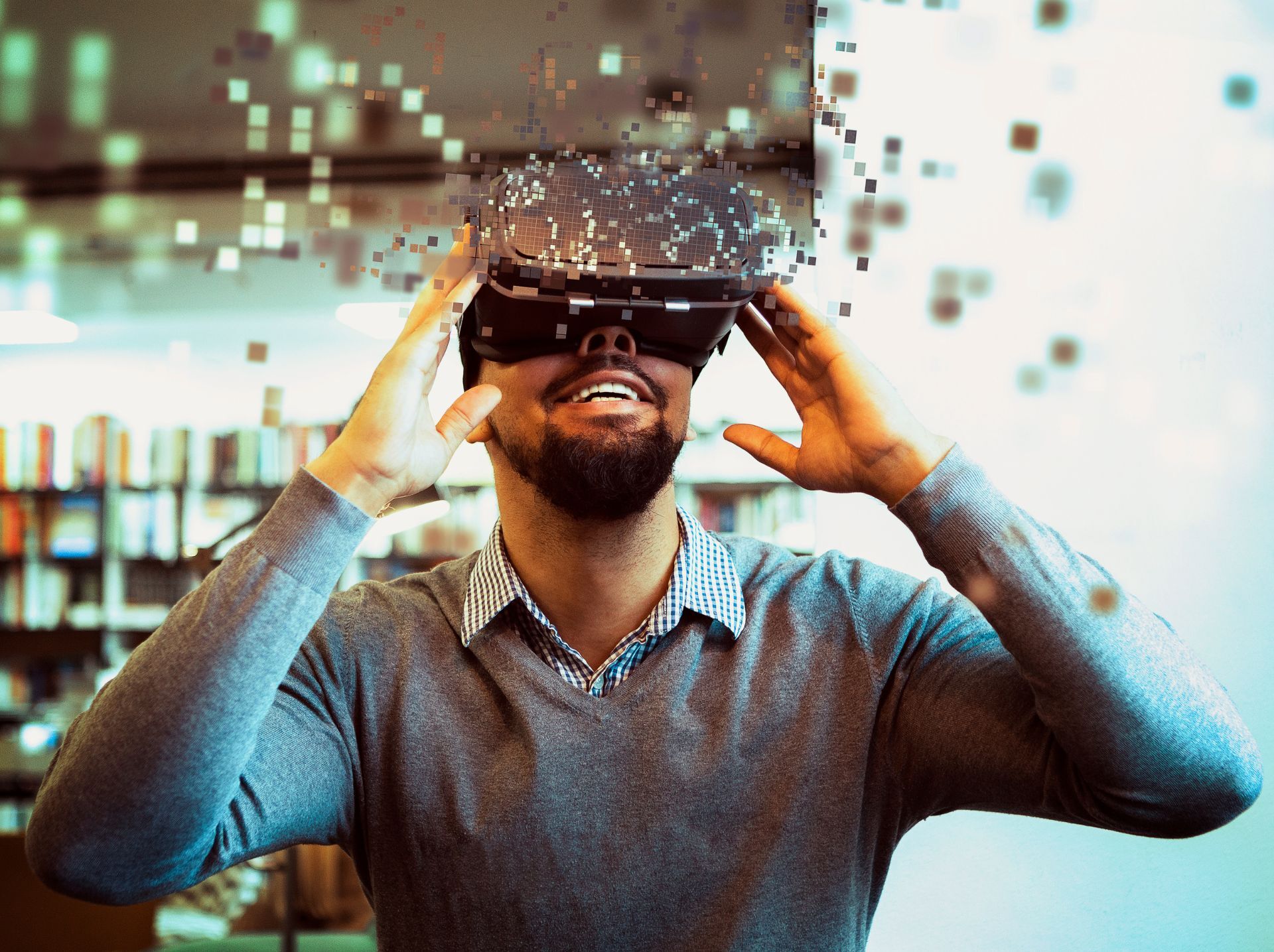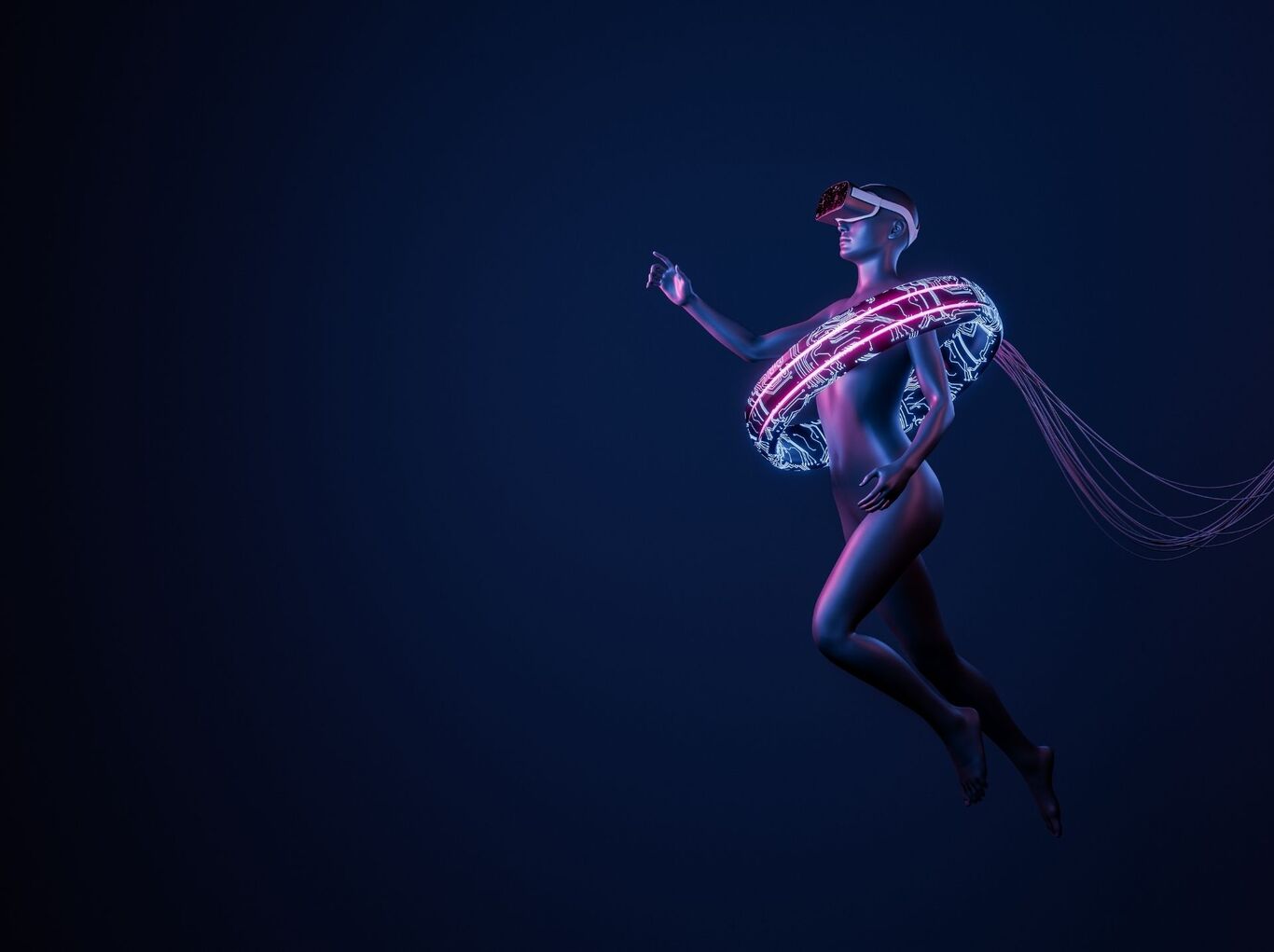The Role of VR in Wearable Electronics

The use of wearable electronics has grown exponentially over the last few years. Brands like Apple and Fitbit are investing in new devices and technologies, transforming their interactions with consumers. The fitness and healthcare industries are reaping great benefits from these devices.
Fitness enthusiasts can use a VR headset to experience their preferred workout environment. They can also learn the best forms and much more. The health industry is also getting introduced to simulated surgical procedures for training using VR wearables.
There are limitless opportunities for innovation and evolution of wearable devices. Experts are developing new and upgraded versions every day by integrating seamless technologies. This blog analyses the role of VR in wearable devices. It also looks at the current technical enhancements and future innovations.
What is Virtual Reality?
Virtual reality helps us experience scenarios or things that are not present. It uses simulations and computer modelling to create artificial sensory environments. It can also create interactive 3D visual experiences. Users experience virtual reality through interactive devices like headsets, goggles, bodysuits, and gloves.
VR Improving User Interfaces
The user interface is critical to the customer experience when using digital products. Brands are using VR to make more interactive products and improve client engagement.
VR introduces new interaction experiences for users and generates curiosity. Here, we will discuss how VR enhances consumer interactions with applications or AI.
Use of Gesture Interaction
Gesture interaction covers a large part of the natural interaction process in humans. It involves the user's unconscious or conscious movement of the hand or limb—VR tracks and tags these movements, which users use to operate the application or devices.
The applications or devices include wearable devices, touch-point devices, and several others. VR gloves or accelerometers have these sensors. These sensors collect information from real-time gestures and convert it into virtual movement. Users can see their hand movement in the virtual scenario. This increases the realism of the user experience.
It engages the user better as there is less or no interference from the external environment. Customers get quick feedback in the virtual landscape. This is possible due to the minimal data calculation.
Use of Haptics
Haptics involves a range of sensations, such as inflation sacs and vibrations, integrated into digital products like wearable devices. It is a necessity in VR-based interactive devices. This user interaction type helps users feel ‘present’ in their virtual experience of reality. It also improves believability in digital experiences.
Smartwatches/trackers and VR gloves have integrated Haptics. Scientists are looking to include other tactile sensations in these devices. These include sensations like edges, pressure, resistance and force.
Users engage with the sensory feedback on the digital platform or product. Wearables or applications using haptic feedback engage the audience better. They receive better click-through rates than others. According to Immersion Corporation, 44%[1] of users felt happier using haptic-enabled ads compared to 37%.
Use of Eye-Tracking
Smart glasses use eye tracking besides gesture-based sensors. It also includes voice control to enhance user experience. Modern approaches to developing UI in smart glasses also include gaze control.
These innovations add to the precision of user interaction. Along with that, they also pose some challenges. Often, gesture and gaze controls are not helpful as they need high accuracy and low latency. Users expect more functionality than precise updates.
VR is undergoing constant innovations and coming up with new versions. Here are some advancements in the application of VR to wearable devices.
Tech Advances in Virtual Reality
Technology is transforming the experience of virtual reality gadgets. Cloud computing, volumetric VR, and full-body capture are in progress for the future of VR. This section includes all the tech advances in VR applications and wearables.
Full Body Capture
Brands can enhance their image by capturing user movement. They can also capture performance without any expensive studio setup. Full-body capture tech matches the user’s body with their avatar’s body proportions. Once done, sensors capture user movements and gestures.
Full body capture integrates XR with VR applications. This allows users to interact in more expressive, natural ways. The healthcare and fitness sectors are using this technology. They aim to develop AI-based reconstruction and 3D modelling for VR wearables.
Cloud Processing in VR
VR applications now have cloud storage and cloud-based operations. This aims to reduce the load of large data-based tasks. It also frees up space for better graphics and audio experiences. Users also find it convenient. They no longer need to invest in expensive hardware for a better VR experience.
Brands like Microsoft use this technology in their gaming platform, Microsoft CloudX. They use platforms to provide a collaborative experience to the gamers. Gamers can now interact with each other by sharing the streaming experience. Professional use cases have great potential for using VR applications. These include collaboration and training.
Volumetric VR
This innovation will improve the virtual experience and users' interaction with their surroundings. Multiple camera angles create a 3D visual image of the subject. It is gaining popularity because of the vivid user experience of the landscape.
Companies that develop 4D motion chairs use volumetric VR. It has also found its way into 3D selfies shareable on social media platforms.
High Fidelity in Audio
High fidelity enhances the user experience in wearable electronics. It creates a more immersive video and audio experience. It uses advanced optics, spatial audio, and a wide field of view (FoV).
FoV helps reduce motion sickness by making users feel more present. Advanced optics reduce the screen door effect. Spatial audio creates a 360-degree sound field and improves feedback for head movements.
Startups like Treble Technologies use high-fidelity audio and video to create synthetic sounds. They simulate these sounds and allow for visual prototyping.
Future of Virtual Reality
Virtual reality adoption rates are likely to increase from $12 billion in 2022 to over $22 billion by 2025. Businesses should use the future potential of virtual reality to improve user experiences.
VR Diversified
VR applications have the potential to become social media applications. Now, people can collaborate, host parties, and create jukeboxes for a shared experience.
Enhancing Shopping Experience
This shows that personal applications are becoming the future norm of virtual reality. Retailers expect a more sophisticated shopping experience with VR-based wearables. Users will be able to try on outfits and have an in-store experience.
Ed Couchman, GM of DACH, said that technology is helping retailers instead of diverting customers to digital brands. He believes that VR-based shopping experiences will increase revenues and conversions.
Challenges in VR Integration
Developers face several challenges when integrating VR into wearable devices. Many devices are tethered, causing limitations. Platform compatibility is another issue. Frequent updates are also needed.
Most wearable gadgets are tethered devices with few functionalities. Therefore, the VR experience of these devices will be dependent on other gadgets. Developers find it difficult to enable full functionality if the connected device is not up to date.
Growing competition is a challenge for developers, as applications now need frequent upgrades. VR devices might encounter a challenge with platform compatibility if users do not update them.
Final Views
Virtual reality is expected to multiply in the coming years. It has great potential for tech-backed innovations in the fitness, health, and electronics industries. VR is also paving its way into the shopping and retail industries, with more uses in line.
Companies like Treble and Microsoft are using wearable devices. This is to create simulations and help users collaborate across locations. Future innovations in VR-enabled wearable devices include the use of technologies. These include high-fidelity audio and volumetric VR.
Learn more about how virtual reality will change the future of wearable devices with GrowthJockey. Discover technologies that will make virtual reality more accessible and marketable.
FAQs
1. What are upcoming launches in VR wearables?
Meta is going to launch three new models of Quest, their VR headset. HTC is set to launch Vive XR Elite. More launches are lined up in the coming months. Many new VR wearable games, like Spin Rythm XD, Zero Caliber 2, and Swarm 2, are to be launched soon.
2. What are the adverse effects of VR wearables?
Experts state that VR impacts the brain and eye pathways in humans. Many users have complained of experiencing eye strain, nausea and headache. Also, the more extended use of these devices promotes anxiety in users because of the immersive experience that they provide.
3. What are some limitations of virtual reality?
There are a few limitations to VR in current wearable devices. First, expensive technology and devices are required. Second, compatible devices must have high-quality features for the best performance of wearable gadgets. Third, creating haptic feedback and sensations requires great technical expertise.








